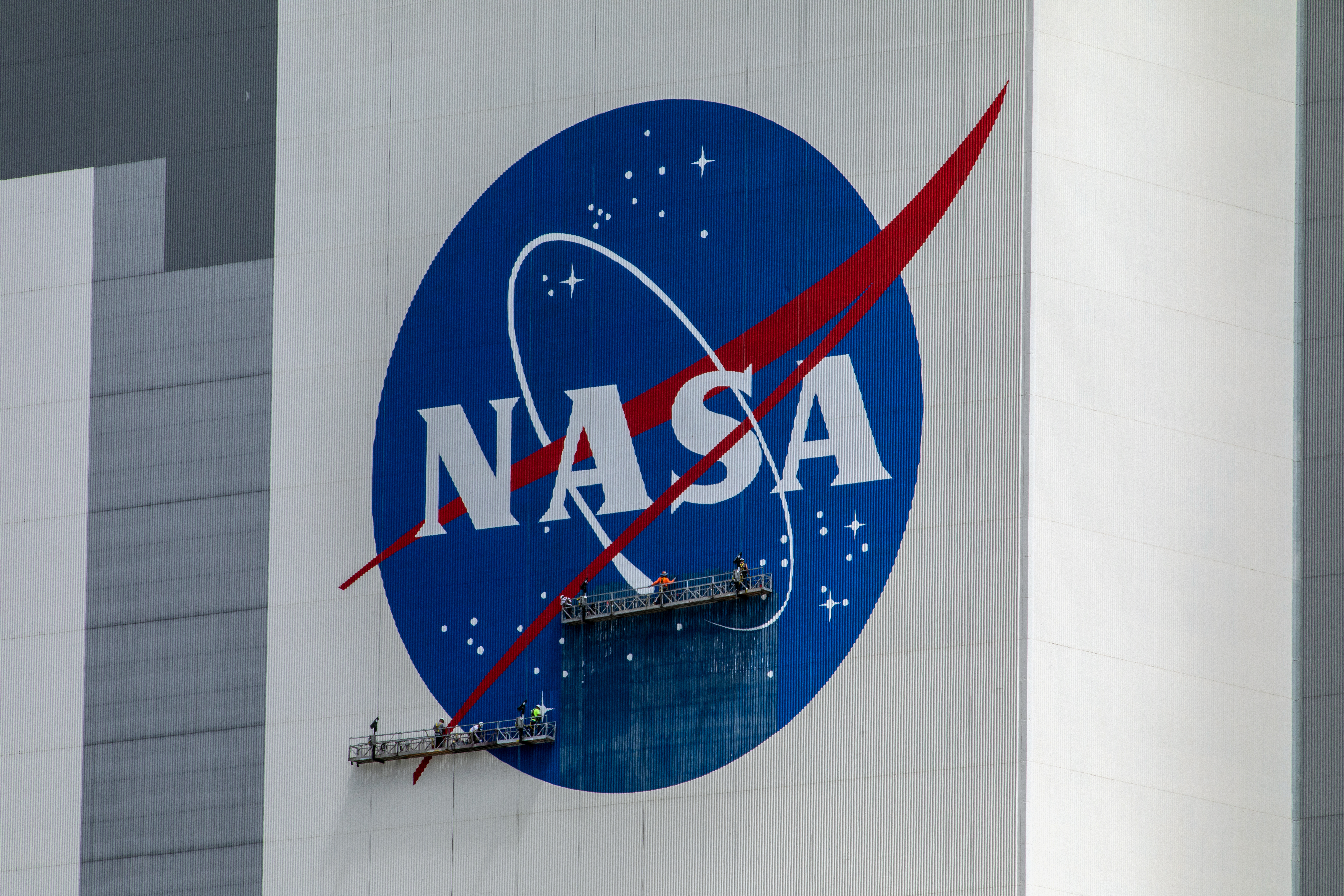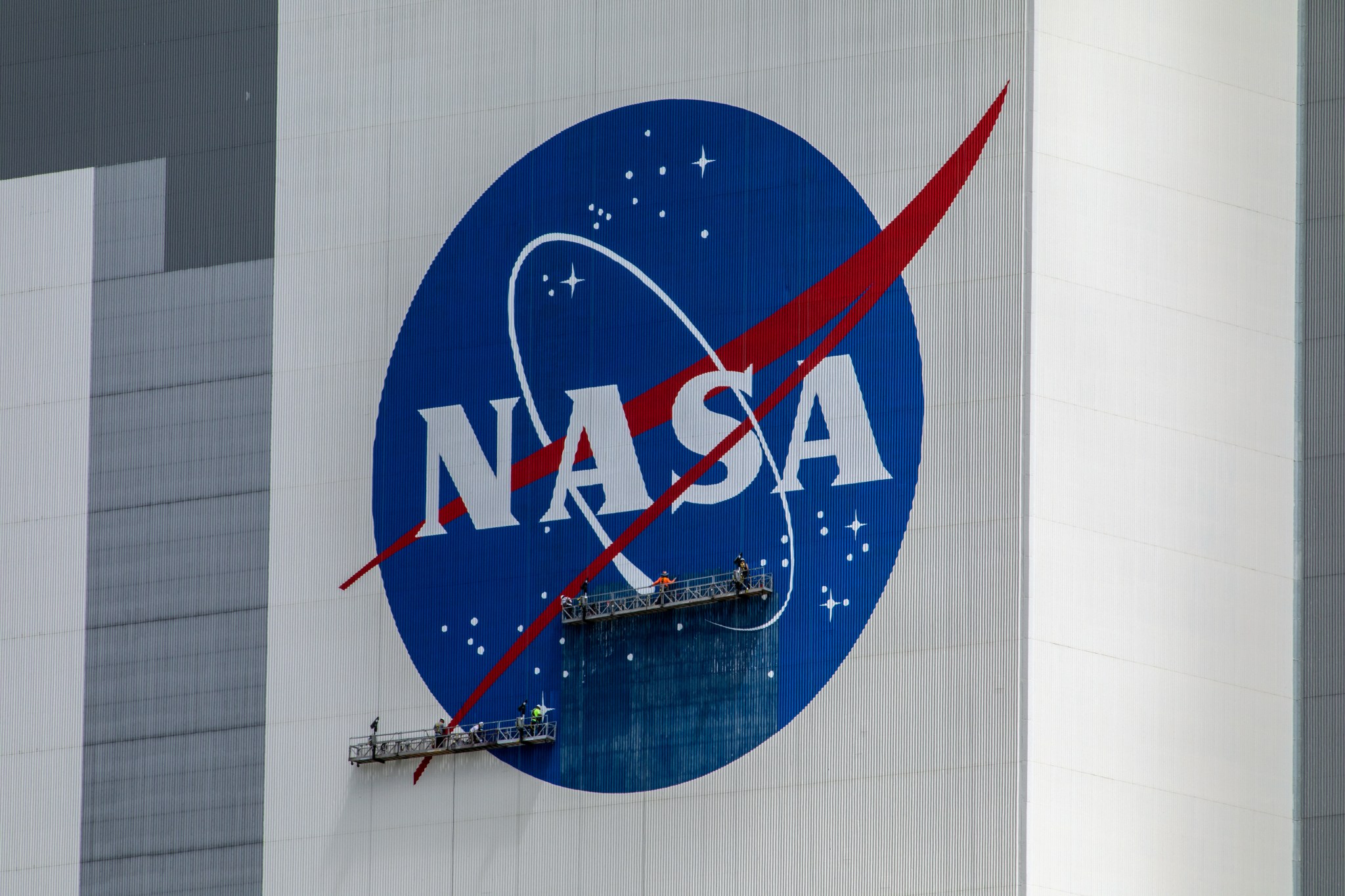“The Meatball’ Turns 65
NASA’s official logo, nicknamed the “meatball,” turned 65 on July 15, 2024. The insignia dates back to 1959, when the National Advisory Committee on Aeronautics (NACA) metamorphosed into an agency that would advance both space and aeronautics: the National Aeronautics and Space Administration. After a NASA Lewis (now Glenn) Research Center illustrator’s design was chosen for the new agency’s […]

NASA’s official logo, nicknamed the “meatball,” turned 65 on July 15, 2024. The insignia dates back to 1959, when the National Advisory Committee on Aeronautics (NACA) metamorphosed into an agency that would advance both space and aeronautics: the National Aeronautics and Space Administration. After a NASA Lewis (now Glenn) Research Center illustrator’s design was chosen for the new agency’s official seal, the head of Lewis’ Research Reports Division, James Modarelli, was asked by the executive secretary of NACA to design a logo that could be used for less formal purposes.
In the design, the sphere represents a planet, the stars represent space, the red chevron is a wing representing aeronautics (the latest design in hypersonic wings at the time the logo was developed), and then there is an orbiting spacecraft going around the wing. The red, white, and blue design, which includes elements representing NASA’s space and aeronautics missions, became the official logo of the United States’ new space agency in 1959.
Image Credit: NASA/Kim Shiflett
What's Your Reaction?










































